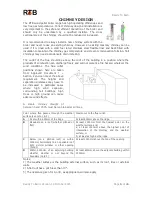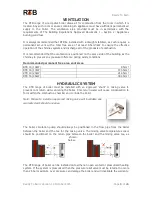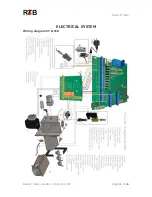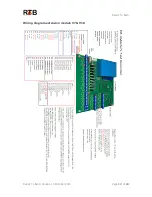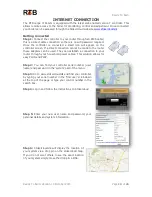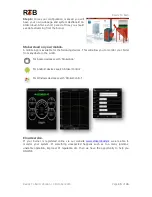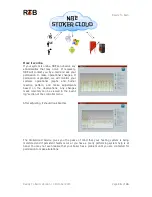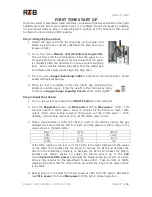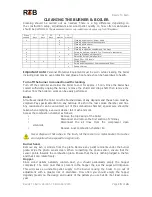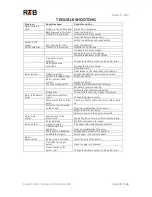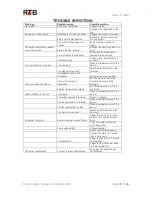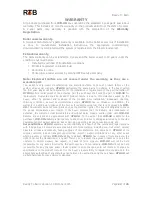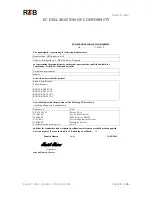
Ready To Burn
Ready To Burn: Version 1.0 October 2015
Page
21
of
24
FLUE GAS CONDENSATION
When a boiler has an extremely high efficiency the temperature of the flue gas is naturally
low. Typical flue loss is only 2-3%. This creates greater demands on your chimney and on
how to adapt the boiler to existing installations. It is important to prevent condensation
otherwise you risk developing soot into the chimney and corrosion on the boiler.
Note:
if there is water in the boiler it may come from the chimney.
Things that can prevent condensation forming in the boiler and chimney.
High chimney> 5m.
Provides a good draft in all conditions.
Maintain chimney size throughout its length
Provides better flow that will carry out more
moisture.
Short un-insulated smoke pipe <0.3 m
Do not cool down the smoke unnecessarily
before it reaches the chimney.
Draft stabilizer
Stabilizes the draft and provides the chimney
with dry air.
High boiler temperature> 70°C
A 10 degree rise in boiler temperature gives
a 10 degree rise in smoke temperature.
Suitable smoke temperature> 55°C
Condensation will form if the boiler is run at
below 47°C.
Heated boiler room
Lowers cooling of the boiler and smoke pipe
and provides draft stabilizer more hot air to
work with.
More oxygen in combustion
Increases air flow through the boiler and
carries more moisture. 1% more oxygen
costs approx. 0.5% in efficiency.
Keep the heat on the boiler continuously
When using DHW priority on controller, the
boiler starts from cold each time. The boiler
does not to dry out between each start.
Mount exhaust fan to chimney
Helps the flow of air through the chimney.
The exhaust fan be connected directly to the
controller.
Summary of Contents for RTB 10
Page 1: ......


